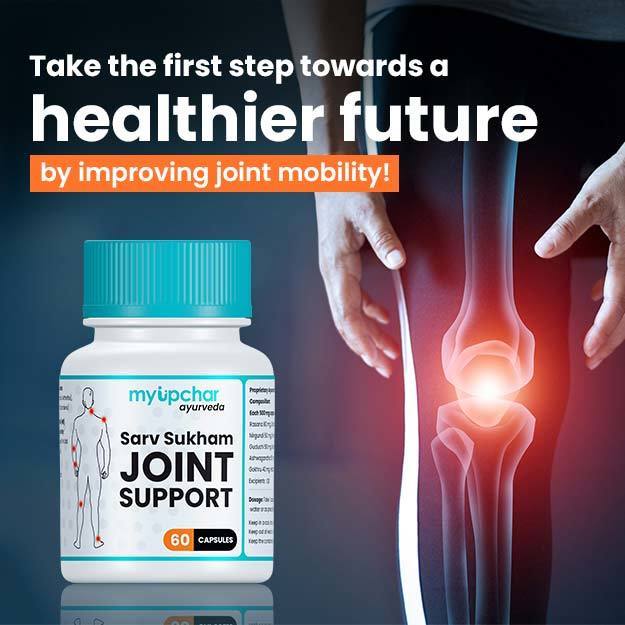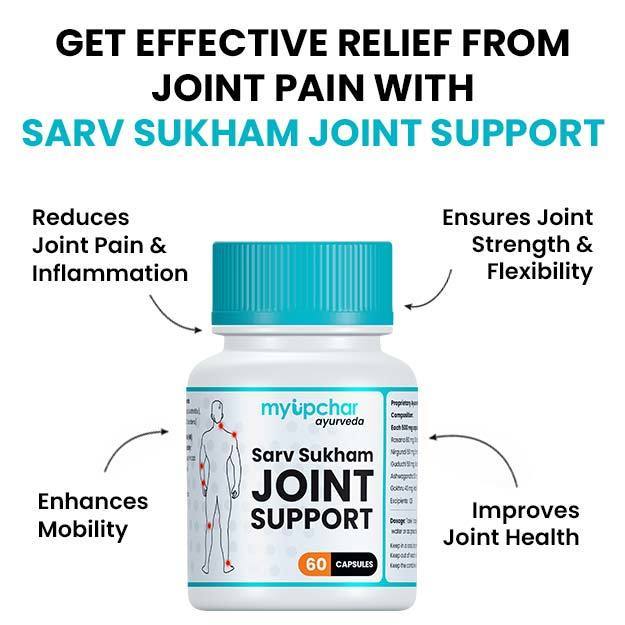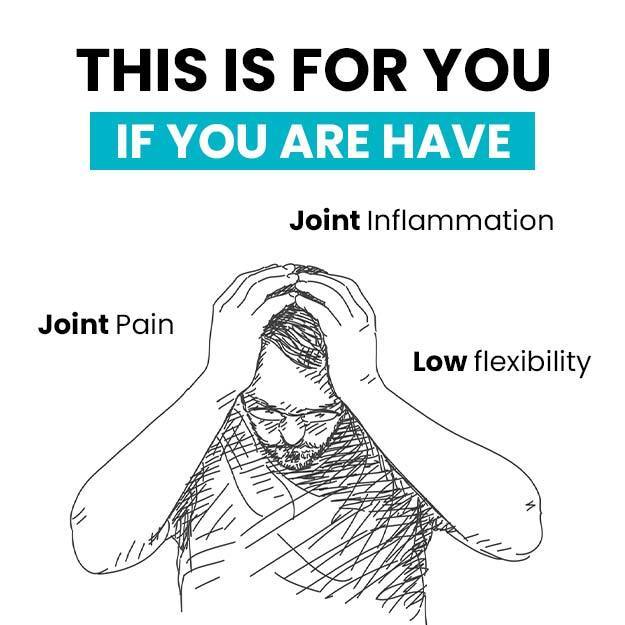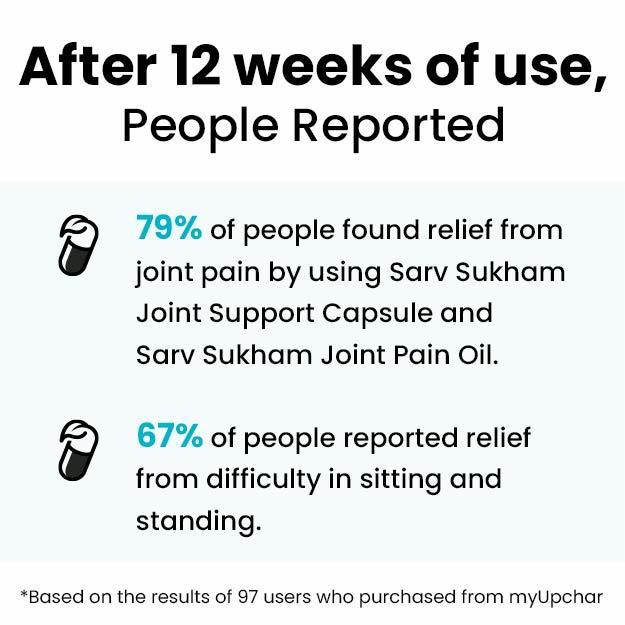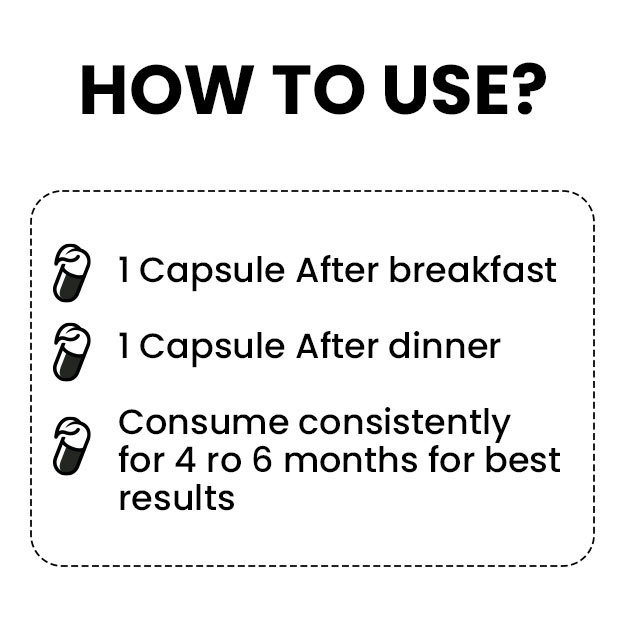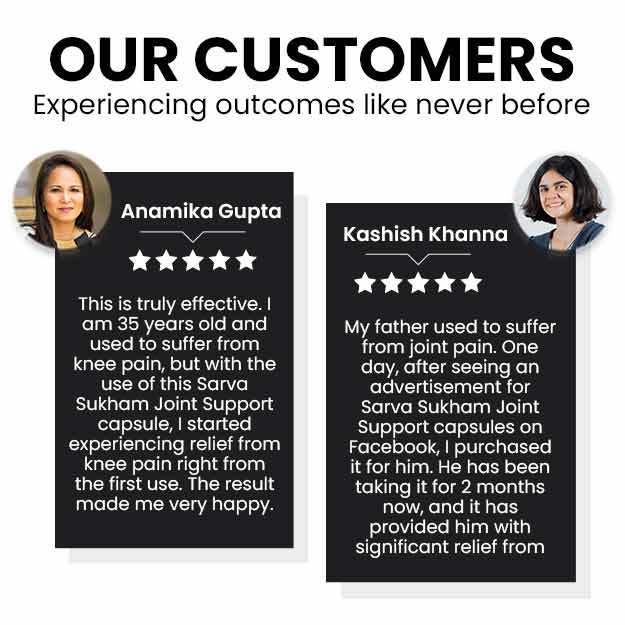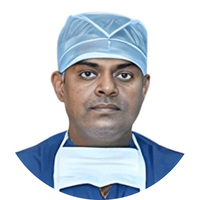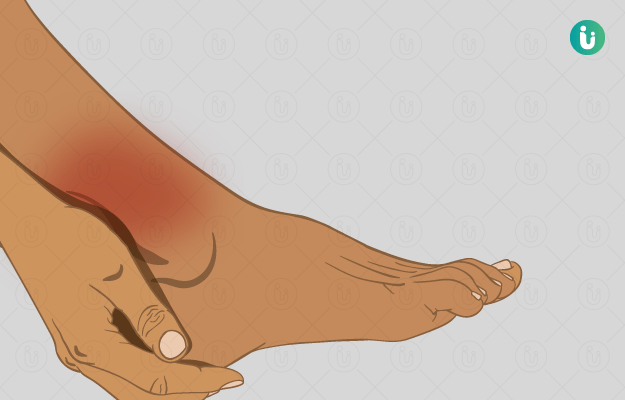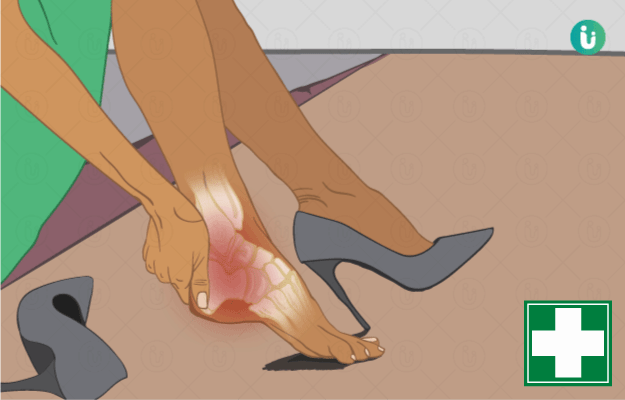A sprain in the thumb usually occurs when the ligaments responsible for the movement of the thumb are stretched beyond their normal range of movement, resulting in injury or a tear. Most of the time, the sprain occurs when the thumb is bent backwards due to some strong force.
There are two ligaments attached at the knuckle of the thumb that help in keeping the bone in a stabilized position. One is the radial collateral ligament, which is located on the outer side of the knuckle joint and the other is the ulnar collateral ligament, which is located on the inner side of the knuckle joint, towards the index finger. Most thumb sprains occur due to injury to the ulnar collateral ligament.
There are two injuries which are associated with damage or complete tear of the ulnar collateral ligament:
- Skier’s injury: The ulnar collateral ligament rupture is the most common injury seen in skiers who fall on the ski slopes with their hand strapped to the ski pole.
- Gamekeeper’s thumb: This term was given to the Scottish gamekeepers in the year 1955 who used to kill the rabbits by strangling them with their thumb and index finger. The continuous strain to the ulnar collateral ligament caused permanent instability of the thumb.
A sprain is painful and makes the thumb feel unstable and weak. A sprained thumb can be treated by wearing a crepe bandage, splint or cast which restricts the movement of the affected part. Some severe sprains are stabilised with the help of surgeries.






